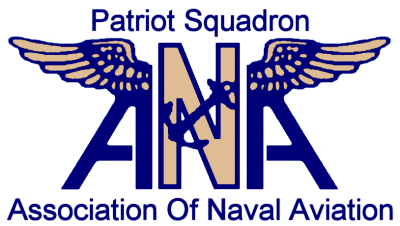History of the South Weymouth Naval Air Station
Naval Air Station South Weymouth was established through the efforts of Captain Charles E. Rosendahl, Chief of the Navy’s Lighter-Than-Air (LTA) Program. Rosendahl was looking for an LTA base from which to conduct submarine surveillance operations over the North Atlantic. Public Act No. 635 of the 76th Congress, passed in June of 1940 and referred to as President Franklin D. Roosevelt's "10,000 Plane Program," was the initial act that led to the construction of Naval Air Station South Weymouth.
The Navy's LTA expansion program was divided into two increments. The first consisted of 27 airships and coastal bases at three locations: the Boston area, the Norfolk area, and somewhere near San Francisco. The second was to consist of 21 additional airships with three additional air stations: the Pacific Northwest., Southern California, and one in Florida from which to patrol the Gulf of Mexico.
After a review of several potential sites, a large tract of land in South Weymouth was selected as the most desirable location to construct a new LTA base. Construction began at South Weymouth during September of 1941. The South Weymouth site, an area of 1267 acres within the communities of Weymouth, Abington, Rockland and Hingham, was almost completely undeveloped when the Navy acquired the property. At a cost of $6 million, NAS South Weymouth was the largest wartime construction project on Massachusetts’s south shore. The base was established on March 1, 1942.
The land surrounding the site is suburban, with a mixture of residential, industrial, and commercial uses. After acquiring the site in 1941, the U.S. Navy used it as a Lighter than Air facility for dirigible aircraft used to patrol the North Atlantic during World War II. The Air Station has the distinction of being the first airship base proposed in the original 1940 war plan, this base featured both a timber, and a standard steel hangar. A runway replaced the wood hangar in the 1950s. The facility was closed at the end of the war, then reopened in 1953 as a Naval Air Station for aviation training. SOWEY NAS was in use continuously until September 30, 1997.
The mission of SOWEY NAS was to train all assigned units for their mobilization assignment; to provide administrative coordination and logistic support to the Marine Air Reserve Training Detachment South Weymouth and to perform such other functions as directed by the Chief of Naval Operations and to administer the Naval Reserve Program as directed by the Chief of Naval Reserve. Activities performed at the site included aircraft maintenance, refueling, personnel training and housing, and administrative support services. In addition, the U.S. Coast Guard operated a buoy maintenance depot on the property through an agreement with the Navy.
Above information is from the Global Security website and "The Defender's History: A Historical Account of Naval Air Station South Weymouth, Mass."

For further information, please contact the Shea Naval Aviation Museum.
The Patriot Squadron Association of Naval Aviation is a tax-exempt, non-profit organization dedicated to preserving the legacy of the Squantum Naval Air Station and the South Weymouth Naval Air Station, Massachusetts.
The Shea Naval Aviation Museum is located in the Union Point development (the former NAS South Weymouth) and holds a large collection of photographs, documents, and other historical artifacts associated with NAS Squantum and NAS South Weymouth. However, as of June 2018, it is temporarily closed to the public due to major construction activity at Union Point. The Association hopes to reopen a bigger museum at a new location on the old base during late 2018 or early 2019. The Shea Field Memorial Grove is also located at Union Point and features 32 trees dedicated to Medal of Honor recipients from Norfolk and Plymouth counties.